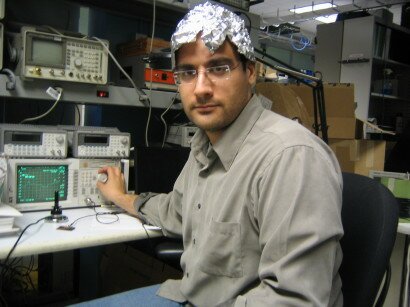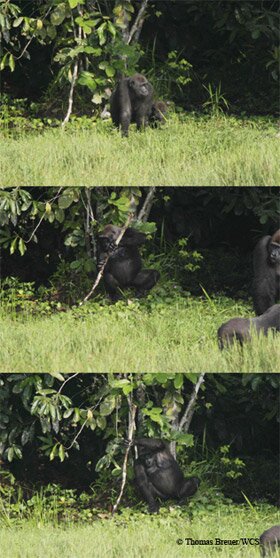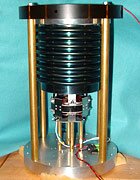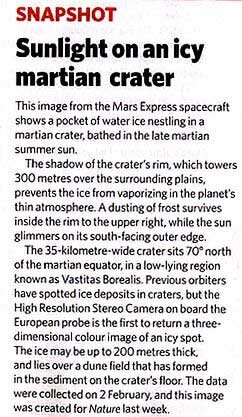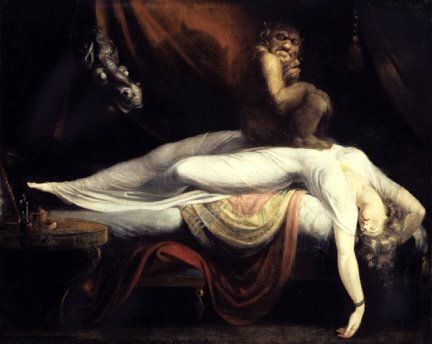
The Nightmare, 1781, Henry Fuseli. Founders Society purchase, with funds from Mr. and Mrs. Bert L. Smokler and Mrs. Lawrence A. Fleischman. Photograph © 1997 The Detroit Institute of Arts
Bruce Bower, Science News Online, reports:
As a college student in 1964, David J. Hufford met the dreaded Night Crusher. Exhausted from a bout of mononucleosis and studying for finals, Hufford retreated one December day to his rented, off-campus room and fell into a deep sleep. An hour later, he awoke with a start to the sound of the bedroom door creaking open—the same door he had locked and bolted before going to bed. Hufford then heard footsteps moving toward his bed and felt an evil presence. Terror gripped the young man, who couldn’t move a muscle, his eyes plastered open in fright.
Without warning, the malevolent entity, whatever it was, jumped onto Hufford’s chest. An oppressive weight compressed his rib cage. Breathing became difficult, and Hufford felt a pair of hands encircle his neck and start to squeeze. “I thought I was going to die,” he says.
At that point, the lock on Hufford’s muscles gave way. He bolted up and sprinted several blocks to take shelter in the student union. “It was very puzzling,” he recalls with a strained chuckle, “but I told nobody about what happened.”
Hufford’s perspective on his strange encounter was transformed in 1971. He was at that time a young anthropologist studying folklore in Newfoundland, and he heard from some of the region’s inhabitants about their eerily similar nighttime encounters. Locals called the threatening entity the “old hag.” Most cases unfold as follows: A person wakes up paralyzed and perceives an evil presence. A hag or witch then climbs on top of the petrified victim, creating a crushing sensation on his or her chest.
It took Hufford another year to establish that what he and these people of Newfoundland had experienced corresponds to the event, lasting seconds or minutes, that sleep researchers call sleep paralysis. Although widely acknowledged among traditional cultures, sleep paralysis is one of the most prevalent yet least recognized mental phenomena for people in industrialized societies, Hufford says.
(more…)

